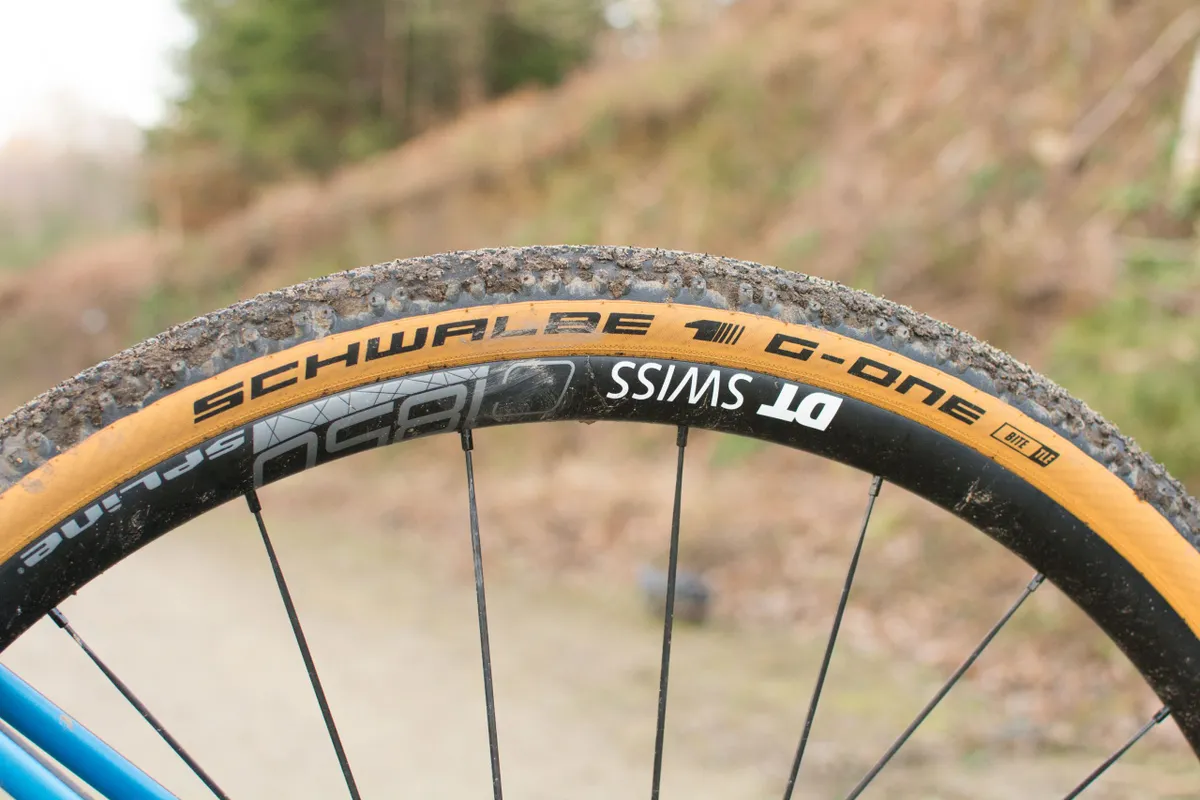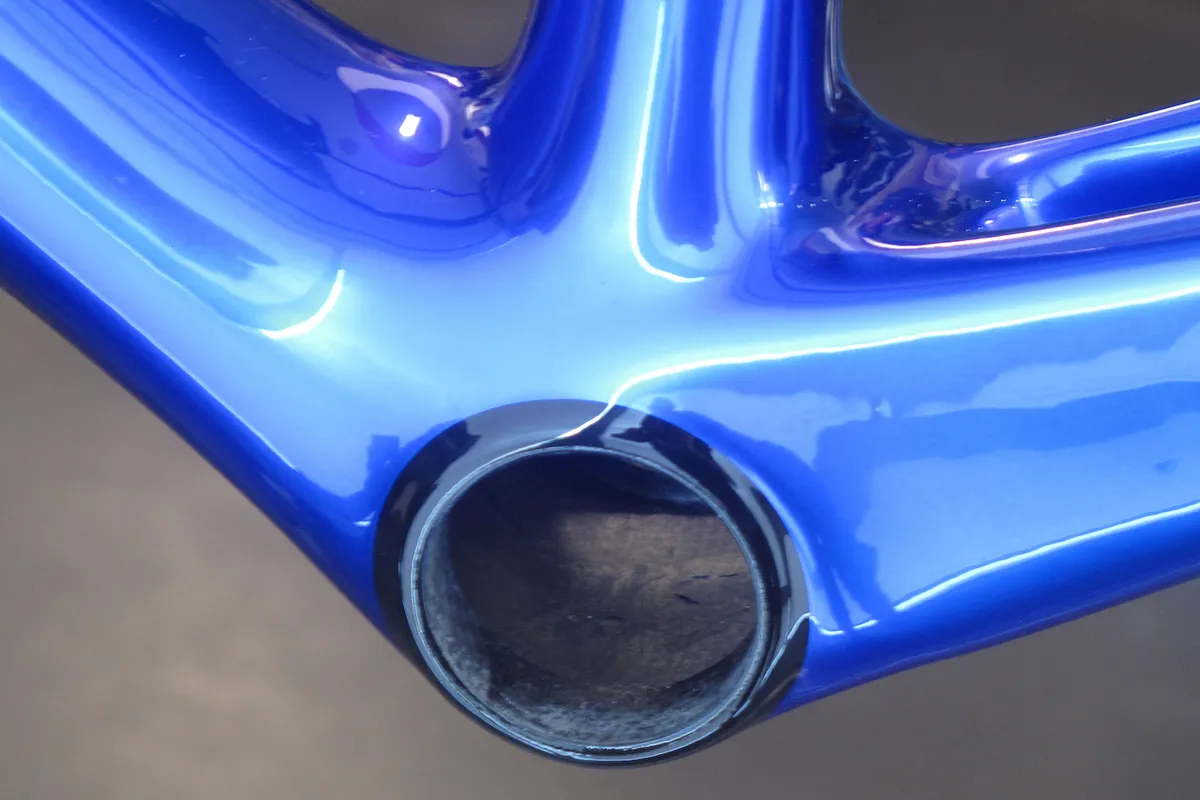We love reading your comments on all of the videos uploaded to the BikeRadar YouTube channel and here on the site, and if there’s one thing we’ve learned, it’s that people are sometimes suspicious of the bike industry.
Many complain that bike manufacturers are just trying to sell you more bikes (spoiler alert, they are) and that all innovation is just marketing, and nothing else.
We’re going to look at which of these rumours are true, which ones are false, why they matter, and also why they may not.
We’ll also share a little bit about what we’ve learned along the way in our time in the bike industry, and hopefully this may help you in the future.
1. The more you spend, the less you get for your money

When I first started riding, I truly believed that the quality of bikes increased in line with the price you paid. After six and a half years of working in the bike industry, I now know different.
From my experience, there seem to be certain price level jumps that can make a real difference to the performance of your bike. Jumping from a £500 bike to a £1,000 bike usually nets a decent gain in performance.
Then, around the £1,500 to 3,000 mark gets you another good jump, with components and framesets that pretty much match what the pros will be riding.
However, beyond that things start to get a little trickier to quantify. A £5,000 bike is getting close to superbike territory and will often have some top-tier componentry on it, but if you double your money up to £10,000 you’re often not getting much more in terms of out-and-out performance.
As with many industries, this comes down to the law of diminishing returns, where you have to spend exponentially more to gain just a small percentage extra.
It’s a bit like your fitness. When you first start training, there are huge gains to be made for just a little extra bit of training.
When you get up to pro-level, you have to make massive increases in your training load and intensity for a much smaller gain.
That’s not to say superbikes are pointless, the tech nearly always ends up trickling down to the lower price points. And even though the gains at the prices are marginal, for some people they still really matter.
But for us, if we had £10k to burn, we'd likely opt for a bike around the £3,000 to £4,000 mark, and spend the rest on riding holidays or something similar.
2. Tyres make all the difference

There are lots of things you can do to make your bike ride as nice as possible, but in our experience, without a doubt, the best change you can make to any bike is to get the best set of tyres you can afford.
Tyres are your only point of contact with the road and they have the biggest effect in determining the ride quality of your bike.
A supple, good quality set of tyres will feel nicer and also be faster. If you've got a shiny new bike that you're already itching to upgrade, or an old hack that deserves a new lease on life, treat it to some new rubber.
Oh, and don't go for the narrowest possible size and pump them to 100,000psi, because doing so squanders all the benefits of well designed tyres.
3. Bike brands are full of riders just like you and me

We've been on plenty of press launches for new bikes, and what we usually find is that the brands are full of riders that love bikes as much as we do.
Whether we like their products or not, in every case, all of the brand managers and product developers are truly passionate about what they’re showing us. They’re keen to hear our feedback and will answer any questions we may have.
If they don’t have the answer, they’ll always do their best to find out for us. A lot of them are current or former racers, so can often provide some extra insight into the performance of the product, which can be handy when you’re at the launch of something like a high-end road bike.
It’s always nice to know that the people who play a part in the product will have spent some time riding it themselves.
Now, like anything, there will be some exceptions to this, but on the whole, brands are jam-packed full of people who are just as into bikes as you and me.
I have never come across a truly terrible person in the bike industry that wanted to sell rubbish to consumers, and I truly never expect to either.
4. What the pros do or think doesn’t matter

The rough and tumble of professional riding can be a true hotbed for the development of tech at the very cutting-edge of performance.
When gains are so hard-fought, marginal improvements really can be the difference between winning and losing (and having a career, and not).
But, I expect few of you reading this (with you exception of you, Geraint) really push their equipment to the absolute limits.
In reality, bikes, components and kit that strike a good balance between longevity, ease of use and performance will serve us better – and critically, get us out on our bikes – more so than the most aero-light-stiff-fastest of anything going.
Ask yourself this: what’s really a better investment? Some silly go-fast oversized ceramic jockey wheels or a big bag of new mid-range kit that has nearly all the performance of high-end stuff, but will cover every weather condition imaginable?
Just because the pros are doing it, doesn’t mean you should. Instead you should look to handsome, trustworthy and stylish bike testers like your friends at BikeRadar for recommendations on the kit you should be buying.
5. The bike industry sometimes gets it wrong, but usually it's right

The development of bike tech moves at breakneck pace, and sometimes it produces things that ultimately turn out to be tech dead-ends.
Plus tyres for mountain bikes are a good example. Once touted as the next big thing, most of us have since concluded that they're overkill for the majority of riding, and chunky but not 'plus' rubber is generally preferable.
Bottom brackets are a case in point too. We went from generally standardised and easy-to-live-with threaded bottom brackets to a bewildering range of press-fit standards, some beset by problems usually caused by poorly controlled tolerances.
Now we're coming full circle again, with many newly launched bikes sporting either good old BSA threaded bottom brackets or the upsized T47 standard.
Press-fit BBs are popular with bike makers because they're easier to manufacture and they can save weight, but they're much less mechanic friendly and they rely on very precise tolerances to work.
6. Yes, they are trying to sell you more bikes, but that’s a good thing

This is perhaps the most important secret of all.
It’s a common refrain in the comments: "It’s just marketing!" "Brands are only trying to sell us new bikes!"
Well, yes, obviously they are. They’re all businesses, which need to make profit, so of course they're going to try to sell us new products.
But we think that isn’t a bad thing. Bike companies may bring out products at what seems to be a dizzying rate, but, you must remember this, just because new things have been released doesn’t make what you have automatically irrelevant.
And while most cycling technology will eventually get superseded (e.g. 26in mountain bike wheels) there’s still a great second-hand market with amazing bargains to be had if you’re sticking to older tech.
In fact, the majority of old tech is still supported at a manufacturer level. Sure, you won’t have the same selection as in years gone by, but this is true of any industry.
Without progress, we wouldn’t have amazing things like affordable carbon road bikes, wireless electronic gears and incredible clothing that will keep you riding in even the most severe weather.

Just like everything on this list, there are exceptions, and we’ve certainly winced at a few products released in the past that didn’t really cut the mustard.
But they’re just that, exceptions, and most of the time, when bike brands release new products, we think it’s a good thing.
Recent examples that have sometimes been controversial include disc brakes on road bikes, gravel bikes, electronic gears, tubeless tyres, and a whole other host of developments.
We’re often astonished by the sheer rage some commenters express at the release of a new product. If you are literally fizzing with anger when a company brings out a new fork, this may say more about you than it does about the state of the industry.
We're sure you'll let us know in the comments if you disagree with us…
